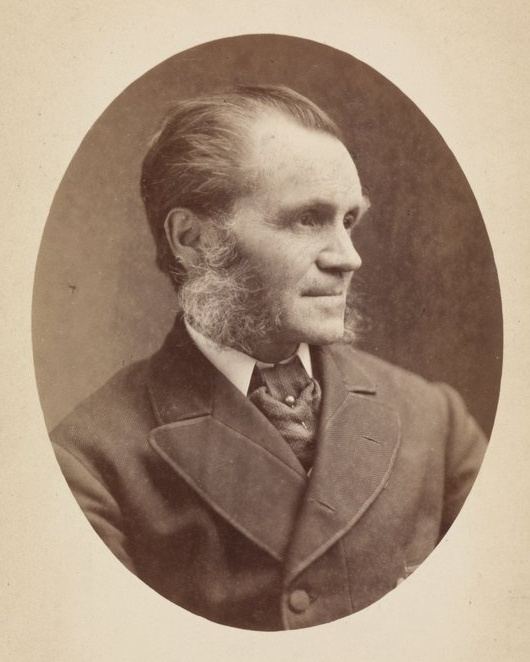Name Joseph Reed | Role Architect | |
 | ||
People also search for Francis Macnab, James Forbes, John Wesley Structures Royal Exhibition Building, State Library of Victoria, Melbourne Town Hall, St Michael's Uniting C, Scots' Church - Melbourne | ||
Joseph Reed (c. 1823–1890), a Cornishman by birth, was one of the most talented, prolific and influential Victorian era architect in Melbourne, Australia. He established his practice in 1853, which through various partnetships and name changes, continues today as Bates Smart, one of the oldest firms continually operating in Australia.
Contents
Biography
Probably born in 1823 in Cornwall, England, Joseph Reed arrived in Melbourne in 1853. The following year he won a design competition for the State Library of Victoria, designed the Bank of New South Wales in Collins Street and the Geelong Town Hall. In 1862 he partnered with Frederick Barnes (1824-1884).
In 1883 Barnes retired from the partnership and Reed was joined by A. M. Henderson and F. J. Smart. In 1890 Henderson withdrew while N. B. Tappin joined the firm. The office later became Bates, Peebles & Smart.
In 1890 Reed came into financial difficulties, and died of "inanition and exhaustion", on 29 April.
Architectural expression
Reed's buildings represent an impressive body of work, in a range of then popular styles, each one a fine essay in the chosen idiom. He could design in Neoclassical, Renaissance Revival, Gothic Revival, Italianate, Baroque, French Second Empire, Romanesque and Queen Anne, and in many variations. Following a visit to Europe in 1863 he experienced first hand the late medieval brick architecture of Lombardy, the source for the bold polychrome then popular in England, which he immediately expressed in his designs for the Independent Church on Collins Street, St Jude's in Carlton, and Frederick T. Sargood's Rippon Lea Estate at Elsternwick. Major works include the classical State Library of Victoria (1856), Collins Street Independent Church (1867), Frederick Sargood's Rippon Lea Estate (1868) and Melbourne Trades Hall (1873). In contrast to the polychrome Romanesque of Rippon Lea and the Independent Church is the stern Gothic manner of Scots' Church (1871-4) across the road; the energetic spire was for the last decades of the nineteenth century Melbourne's tallest structure. The Trades Hall is grandly palatial, the world's oldest and probably most splendid trades hall. In the fashionable Second Empire style Reed also designed Melbourne Town Hall (1870) while the World Heritage-listed Royal Exhibition Building, completed for the 1880 International Exposition in Melbourne is Italianate with a Florentine dome. Reed completed the building of St Paul's Anglican Cathedral to the designs of William Butterfield after that architect resigned the project in 1887. Reed was faithful to the original design, but provided most of the furnishings, including the elaborate pulpit.
